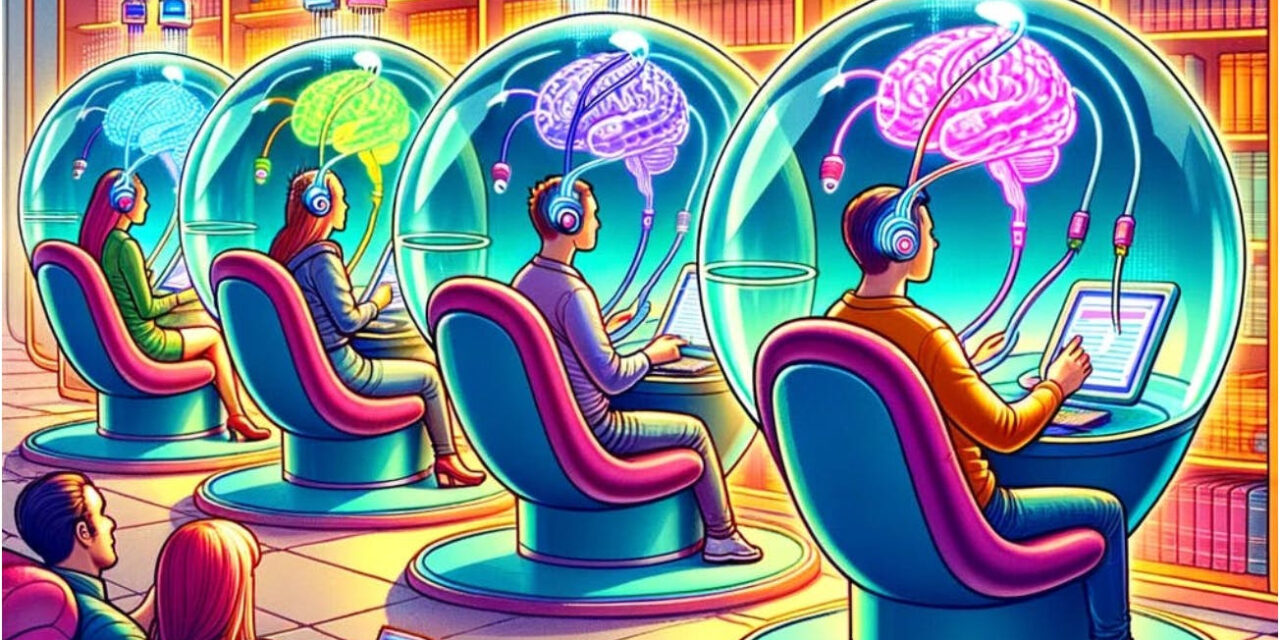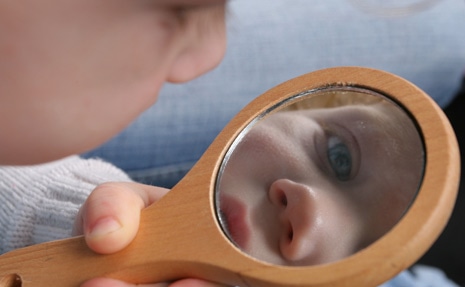The second blog post in this series by Dr. Kurt Johnson and Jon Ramer.
We live in an era where reality is increasingly fragmented, no longer a collective experience but splintered into isolated information bubbles. In this post-truth world, diverging perceptions of reality are widening the gaps between us.
Take, for example, the ongoing war in Gaza. The events unfolding on the ground are deeply entangled with the information warfare being waged online. Determining the facts—what actually happened and who is responsible—becomes a daunting task. As we take sides and assign blame, we only exacerbate the existing tensions. The fog of war only thickens the fog within our respective information bubbles.
However, it’s crucial not to surrender to this downward spiral. Our collective survival depends on finding common ground and working toward mutual understanding. One powerful way to achieve this is through “digital-literacy”. It may sound like a fancy word that initially bores you, but it is very important. By becoming digitally literate, we equip ourselves with the tools to discern credible information from falsehoods, to question narratives, and to engage in more constructive dialogues.
Digital literacy teaches us not just what to believe but also what to question. It fosters critical thinking, enabling us to step outside our information bubbles and view issues from multiple perspectives. When we understand how to navigate the complex landscape of digital information, we become better equipped to engage in meaningful discussions and make informed decisions.
The concept that we are “living at a time when reality is no longer a shared experience” suggests that in our modern world, there is a growing divergence in how people perceive and interpret reality. This idea can be understood in a few ways:
1. Information Overload: With the advent of the internet and social media, we are exposed to an unprecedented amount of information and perspectives. This abundance of information means that individuals can select sources and narratives that align with their existing beliefs, leading to the creation of echo chambers where people only interact with like-minded individuals.
2. Polarization: Societies are becoming more polarized on various issues, and this polarization often extends to differing interpretations of facts and events. What one group sees as an undeniable truth, another group may view as a biased or false narrative.
3. Filter Bubbles: Algorithms used by online platforms tend to show people content that reinforces their existing views. This creates “filter bubbles” where individuals are exposed to a limited range of information that aligns with their beliefs, further isolating them from differing perspectives.
4. Cultural and Regional Differences: Reality can also vary significantly based on one’s cultural, geographic, or socioeconomic background. What is considered “real” or important in one context may not hold the same significance in another.
5. Disinformation and Fake News: The spread of false or misleading information through various media channels can distort our understanding of reality. This makes it challenging to discern fact from fiction, further fragmenting shared experiences of reality.
In essence, the idea of The Bubbles of Babel suggests that the once-unified narrative of reality has fractured into multiple, often conflicting, narratives. This can have significant implications for civic leaders and social entrepreneurs working to address global challenges, as it requires navigating a landscape where consensus on reality is elusive and where communication and understanding are increasingly complex tasks.
So let’s commit to enhancing our digital literacy. It’s not just about improving individual comprehension; it’s about fostering a society where we can collectively navigate the complexities of our world. Instead of perpetuating a race to the bottom, let’s elevate the discourse. It’s time to work it out, not fight it out.





